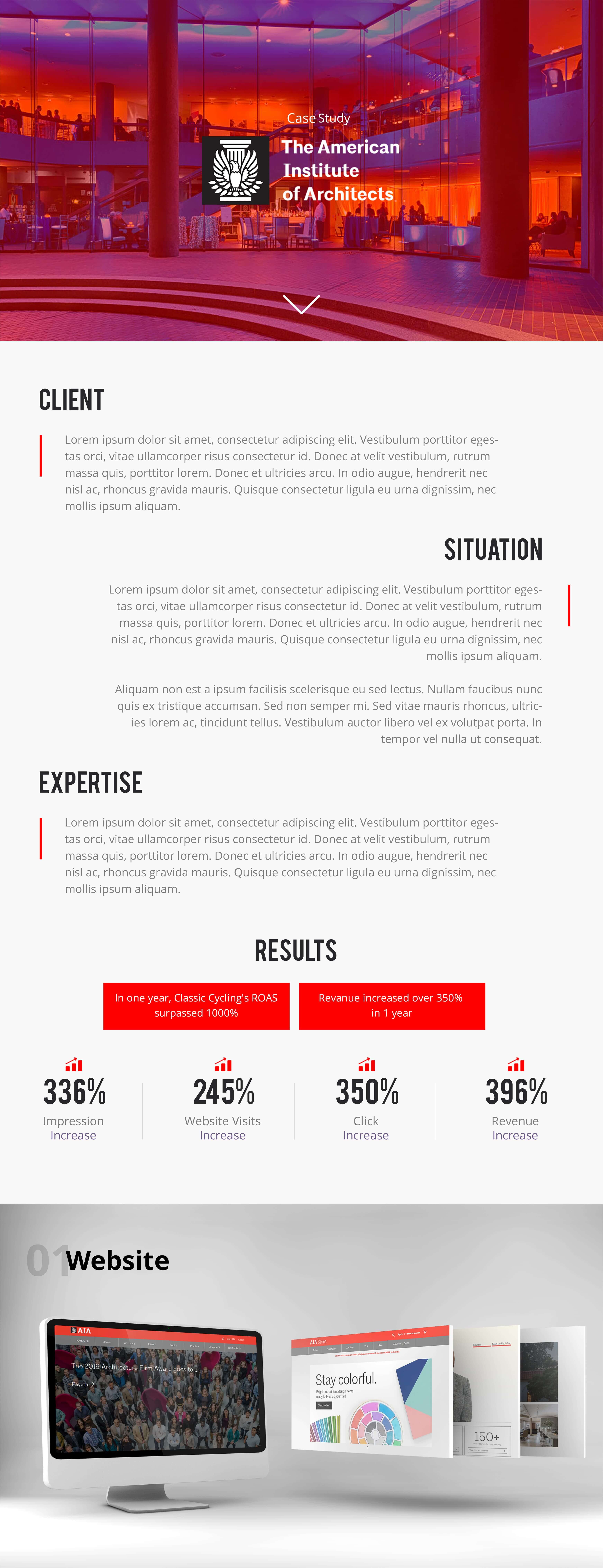Mobile marketing is a rapidly growing industry. The number of people using smart mobile phones to access the Internet is exploding.
Statistics and trends show that this growth has no intentions of slowing down. The time is right now to launch your mobile website before it starts saturating itself with too much competition.
The industry is still in its infancy stage so most marketers using mobile marketing are testing and tracking strategies. Marketers who want their website in front of more people and thus generate more traffic, should create a mobile version of their site to allow smart phone users to access it.
To assist you in getting your business started in mobile marketing, here are nine best practices for optimizing your site specifically for mobile phone users. Mobile websites are a scaled-down version of an existing dynamic website.
Best Practice #1 – Simplify Your Content for Your Mobile Website
A mobile phone has a very small screen size compared to a desktop computer. It is therefore impractical to create a mobile website that is a full copy of your regular website. You need to simplify your website and get rid of all the not so important content.
Retain the most relevant content like contact details and product or service listings. Just display the key pieces of information from the main website.

Best Practice #2 – Plan Your Mobile Website Layout Very Well
Your mobile website will load a lot slower than your regular website. Avoid using lots of images and graphics. In addition, there are varying screen sizes and resolutions with handheld devices, so it’s a good idea to scale page elements by screen size, rather than setting fixed pixel widths for page elements.
Keeping the number of your mobile web pages to a minimum as much as possible, by making the layout uncluttered and very easy to navigate. Don’t make content that are too many pages deep. Mobile users don’t have the time to click on your pages several times just to get to the information they need.
Best Practice #3 – Be Consistent With Brand Elements
See to it that the branding elements present in your regular website are also present in the mobile version. If your regular website has an identifiable look, make sure that it transitions well into the mobile version. In most cases, this is just a matter of using the same site colors and fonts.
Best Practice #4 – Effectively Use White Space
Utilizing white space in your mobile site gives the impressions of simplicity and ease of use. This makes your site easy for visitors to scan.
Best Practice #5 – Avoid Using Flash or Java
Flash and Java can cause a lot of problems in your site’s loading time.
Additionally, they make your site look cluttered.
Best Practice #6 –
Cut down on the amount of text necessary to access your site content. It’s highly recommended that you utilize dropdown menus and checklists instead of requiring users to input text when accessing your mobile content.
Best Practice #7 – Avoid Using Pop-Up Windows
Besides the fact that pop-up windows slow down loading time, they also make it a lot harder to navigate your site.

Best Practice #8 – Utilize Mobile Redirects
This is to make sure that when somebody is accessing your website using a mobile phone, he will be automatically redirected to your site’s mobile version.

Best Practice #9 – Enable Your SItes Full Version
Enable mobile users to access the full version of your website. This may sound contrary to the idea of a mobile website but you can’t discount the fact that there will be users who will insist on accessing your full website instead of the mobile version.

To maximize the experience of your mobile site visitors, you should implement most if not all of the best practices mentioned above.













